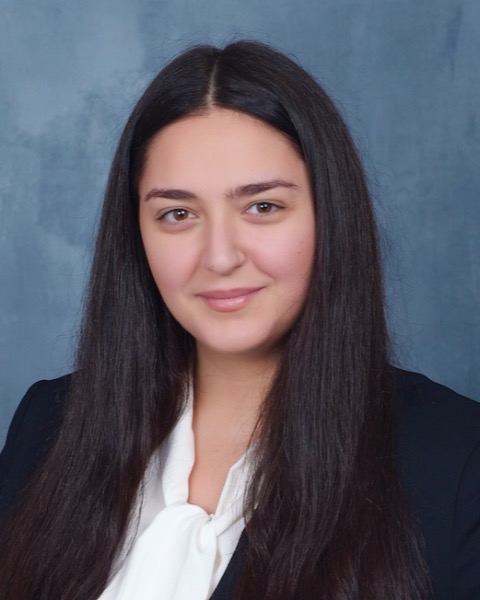Monday Poster Session
Category: Endoscopy Video Forum
P2730 - Endoscopic Closure of a Large Gastro-Gastric Fistula

Joelle Sleiman, MD
Staten Island University Hospital, Northwell Health
Staten Island, NY
Presenting Author(s)
1Staten Island University Hospital, Northwell Health, Staten Island, NY; 2Staten Island University Hospital, Staten Island, NY
Introduction:
The rise in bariatric and other surgical procedures has led to an increased incidence of gastrointestinal fistulas. While surgical management was initially the standard of care, endoscopic therapies have since emerged, offering improved outcomes. However, endoscopic fistula closure remains particularly challenging, especially in cases with large defects. We present the successful closure of a remarkably large gastro-gastric fistula in a patient with a history of gastric bypass surgery.
Case Description/
Methods:
Case Presentation
A 46-year-old male with a history of morbid obesity, hypertension, and gastric bypass surgery 20 years ago was being evaluated for difficulty losing weight. Further evaluation, including imaging, revealed the presence of a gastrointestinal fistula. The patient was referred for assessment, possible fistula closure, and consideration of a transoral outlet reduction endoscopy (TORe) procedure.
Endoscopic Method
The patient underwent EGD to evaluate the fistula previously seen on imaging. The anatomy was consistent with a gastric bypass. A large 15 cm fistula connecting the gastric pouch to the excluded stomach was identified. The rim of the fistula was treated with argon plasma coagulation, promoting granulation tissue formation and enhancing the healing response. Sutures were placed circumferentially along the edges of the fistula to draw the margins together and ensure a tight closure. Purastat was dispensed via a catheter and distributed evenly over the closure site, promoting cell proliferation and wound healing.
Discussion:
To date, no clear guidelines exist for fistula management, and determining the optimal treatment strategies for these complex cases remains challenging. We present the successful closure of a remarkably large gastro-gastric fistula using a combination of thermal therapy and suturing. This case highlights the importance of a patient-tailored approach in managing complex fistulas on a case-by-case basis.
Disclosures:
Joelle Sleiman indicated no relevant financial relationships.
Mohammad Abureesh indicated no relevant financial relationships.
Malek Kreidieh indicated no relevant financial relationships.
Vishnu Kumar indicated no relevant financial relationships.
Hassan Al Moussawi indicated no relevant financial relationships.
Jean Chalhoub indicated no relevant financial relationships.
Sherif Andrawes indicated no relevant financial relationships.
Youssef El Douaihy indicated no relevant financial relationships.
Joelle Sleiman, MD1, Mohammad Abureesh, MD1, Malek Kreidieh, MD2, Vishnu Kumar, MD1, Hassan Al Moussawi, MD1, Jean Chalhoub, MD1, Sherif Andrawes, MD1, Youssef El Douaihy, MD1. P2730 - Endoscopic Closure of a Large Gastro-Gastric Fistula, ACG 2025 Annual Scientific Meeting Abstracts. Phoenix, AZ: American College of Gastroenterology.
